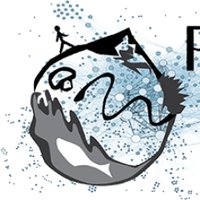Joint species distributions reveal the combined effects of host plants, abiotic factors and species competition as drivers of species abundances in fruit flies
This article has been Reviewed by the following groups
Discuss this preprint
Start a discussion What are Sciety discussions?Listed in
- Evaluated articles (Peer Community in Ecology)
Abstract
The relative importance of ecological factors and species interactions for phytophagous insect species distributions has long been a controversial issue. Using field abundances of eight sympatric Tephritid fruit flies on 21 host plants, we inferred flies’ realized niches using joint species distribution modelling and network inference, on the community as a whole and separately on three groups of host plants. These inferences were then confronted to flies’ fundamental niches estimated through laboratory-measured fitnesses on host plants. Species abundances were mainly determined by host plants followed by climatic factors, with a minor role for competition between species sharing host plants. The relative importance of these factors mildly changed when we focused on particular host plant groups. Despite overlapping fundamental niches, specialists and generalists had almost distinct realized niches, with possible competitive exclusion of generalists by specialists on Cucurbitaceae, and different assembly rules: specialists were mainly influenced by their adaptation to host plants while generalist abundances varied regardless of their fundamental host use.


